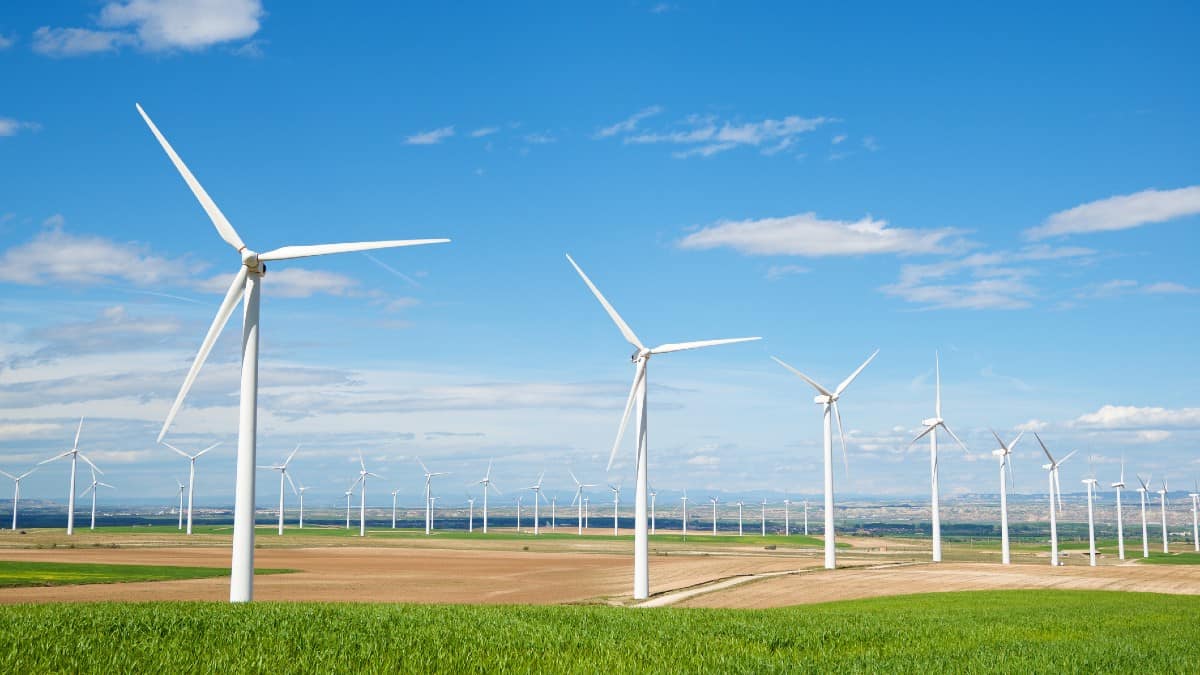The most popular renewable energy exchange-traded fund (ETF) in the UK is the iShares Global Clean Energy UCITS ETF (LSE: INRG). This fund – which investors have piled into in recent years – currently has net assets of around $6.3bn.
But is INRG actually the best UK clean energy ETF to invest in? I’m not so sure. If I was looking to invest in renewable energy stocks through an ETF today, I think there could be better options for my portfolio.
The best UK renewable energy ETF?
One that looks superior to me is Lyxor New Energy UCITS ETF (LSE: NRJL). This is a smaller, more under-the-radar product with net assets of around €1.4bn.
This ETF is different to iShares Global Clean Energy in that it tracks the World Alternative Energy index. This is an index composed of the world’s 40 largest companies operating in the renewable energy, distributed energy, or energy efficiency sectors, that derive at least 40% of their revenues from alternative energy activities.
By contrast, the iShares Global Clean Energy tracks the S&P Global Clean Energy index, which is an index of around 100 clean energy-related companies in developed and emerging markets.
Better long-term performance
While the fact that these two track different indexes may not seem like a big deal, it has actually made a massive difference to performance, both in the short term and in the long term.
For example, if we look at performance this year, INRG has delivered a share price return of -13%. Meanwhile, NRJL has delivered a return of 5% (to 31 October).
Meanwhile, if we look at the 10-year returns to 31 October, INRG returned around 215% while the Lyxor fund (I’m looking at the EUR version here because it has a longer track record) returned around 295%. That’s a significant difference.
Now these performance figures don’t tell the full story. That’s because INRG had a period of strong outperformance last year. This is illustrated by the fact that for the three years to 31 October, INRG returned around 220% while the Lyxor ETF returned around 140%.
However, I like the consistency of NRJL’s returns. I’d rather not invest in an ETF that is prone to huge price swings.
Lyxor New Energy risks
Of course, the Lyxor New Energy UCITS ETF isn’t perfect. Because it tracks an index that only has 40 renewable energy stocks, as opposed to around 100 for INRG, stock-specific risk is higher. If a handful of companies in the World Alternative Energy index blow up, this ETF could underperform. It’s worth noting that the top holding at 31 October, Schneider Electric had a 15% weighting in the index. That adds risk.
Another issue to be aware of is that the GBP version of this ETF isn’t available on all platforms. It is available on AJ Bell Youinvest while Hargreaves Lansdown only appears to have the EUR version.
Overall though, I see it as a good ETF for clean energy stocks. If I was looking to invest in renewable energy stocks via an ETF (I’m not, because I prefer to invest in individual stocks), I’d certainly consider NRJL.
